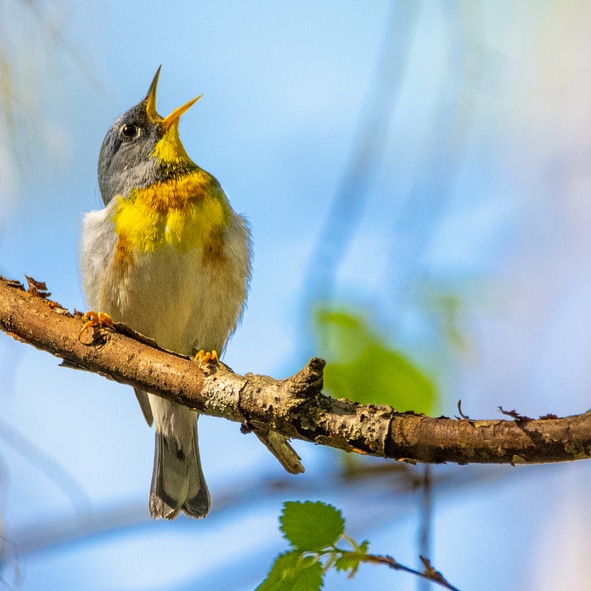Hearing aids are designed to amplify the sounds of life, including the sounds of animals. Whether it’s birds chirping at dawn, a dog barking or a cat purring on your lap, you may wonder if hearing aids can amplify those sounds.
The answer is yes, but there are some important details to understand.
How Hearing Aids Work
To know what hearing aids can amplify, it helps to understand how they process sound. Modern hearing aids:
- Use built-in microphones to pick up environmental sounds
- Process these sounds through digital algorithms
- Deliver amplified sound tailored to the user’s hearing profile
Hearing aids focus primarily on speech frequencies but are capable of amplifying a much broader range of sounds, including those made by animals.
Animal Sounds That Hearing Aids Can Pick Up
Many common animal sounds fall within the frequency range that hearing aids are equipped to handle. This means that, depending on your hearing loss and the settings of your device, you may be able to hear a variety of animal noises more clearly.
Sounds Often Amplified by Hearing Aids
- Birdsong: Most bird calls fall in the high-frequency range. Hearing aids programmed to enhance high-frequency sounds can help you enjoy birdsong again.
- Dog barks and whines: These sounds usually fall within the mid-frequency range, making them easily detectable with hearing aids.
- Cat meows and purrs: Meowing tends to be mid-range, while purring is lower in frequency. Some purring may be more difficult to hear, but amplification is still possible.
- Livestock and wildlife sounds: Depending on proximity and frequency, sounds from cows, horses, frogs, crickets and even insects can be enhanced.
Factors That Influence What You Hear
While hearing aids do amplify many animal sounds, your ability to perceive them clearly depends on several factors.
- Your hearing profile: If you have high-frequency hearing loss, birdsong might have faded from your hearing. A hearing aid tuned to boost those frequencies can help bring them back.
- Hearing aid settings: Some programs are optimized for quiet conversations, while others are better suited for nature or outdoor environments.
- Microphone directionality: Hearing aids may prioritize sounds in front of you. If an animal is behind you or off to the side, its sound might be less noticeable.
- Background noise: In loud environments, subtle animal noises may be drowned out unless you’re using a setting designed for outdoor or natural listening.
Enhancing Your Experience with Nature and Pets
If you love animals or spend time outdoors, you can make small adjustments to your hearing aids to improve your ability to hear them. Use a hearing program designed for outdoor or natural soundscapes and ask your hearing specialist to boost amplification for what you’re hoping to hear better.
Hearing aids can amplify quite effectively. To learn more about how your hearing aids can work for your preferences or to schedule a hearing test for you or a loved one, contact SH Audiology today.

